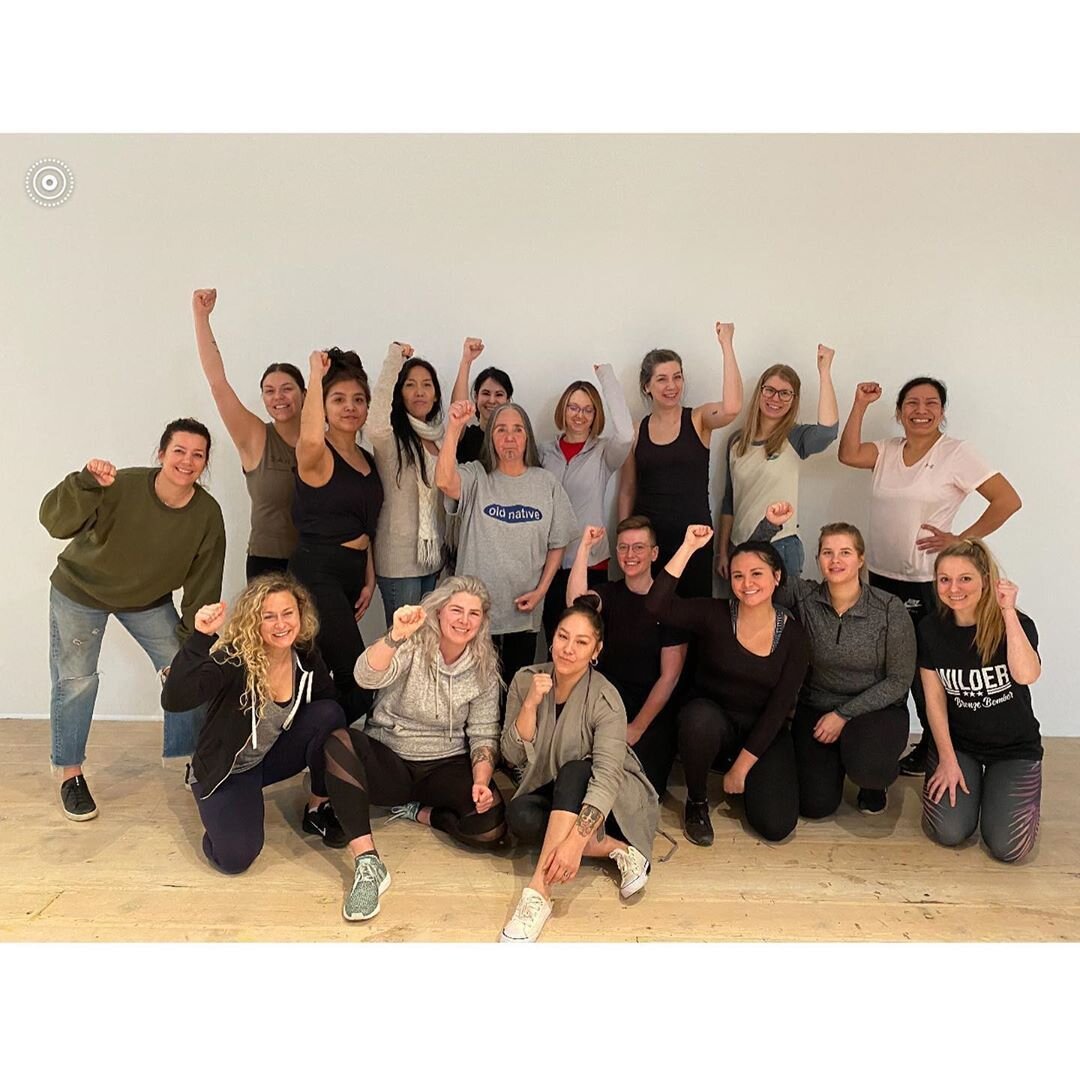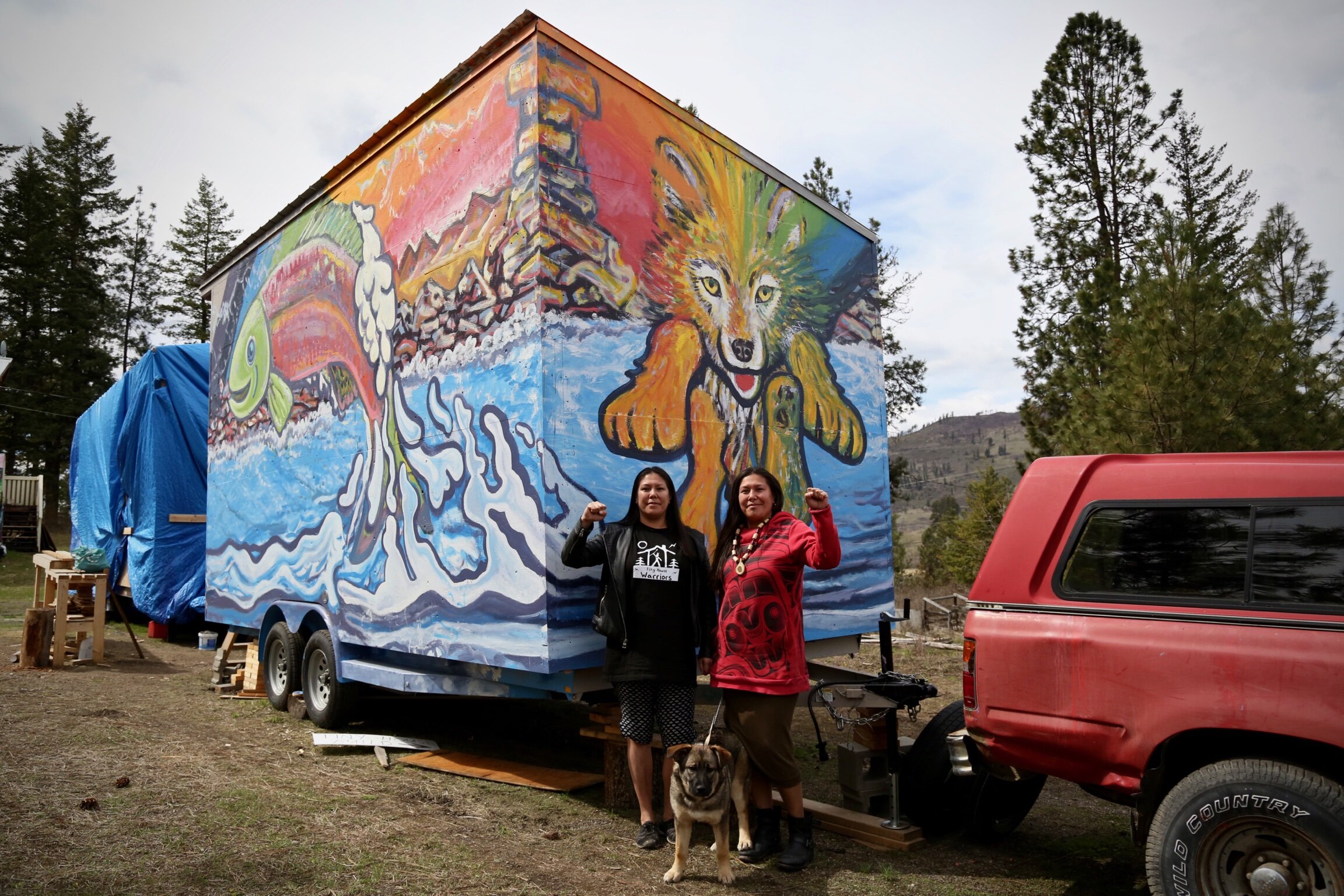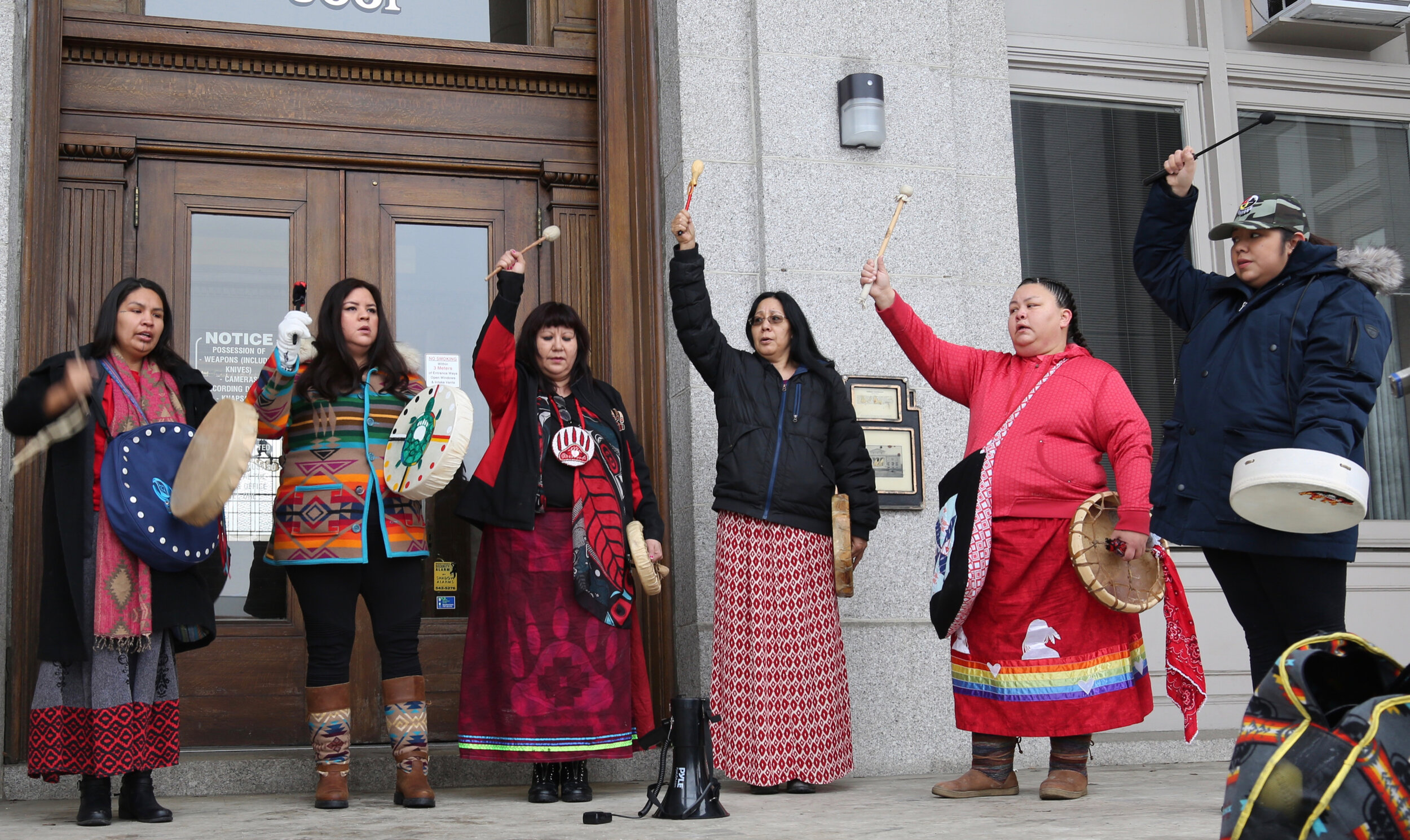Indigenous Women Fight Back Against MMIW Crisis
Indigenous women and girls are 12 times more likely to go missing or be murdered than any other women in Canada. The issue was recognized as a genocide by a National Inquiry in 2019. In the U.S., they face violence at rates 10 times higher than the national average.
Women face higher rates of violence if they live near a “man-camp,” a temporary housing camp built by an oil, gas, or mining company for its workers. The camps are filled with mostly white men, away from their wives and families for months at a time. Violence against Native women has been an issue in the U.S. and Canada since colonization, but documentation of missing or murdered women has only started recently, and little has been done to address the problem or provide answers to the families of the missing.
Often left out of the story, though, are the ways that Indigenous women and their communities have been addressing the issue by fighting back with self-defense courses for Indigenous women and girls, their own drone search teams, and community groups to help families dealing with ambiguous loss, the specific type of grief experienced when a loved one goes missing. I am lucky to have been trusted to share a few of these stories. Check them out:
In the Search for Missing Women, Neighbors and Family Members Pair Drones With Indigenous Knowledge
Not just another statistic: Indigenous women lead self defence classes across the country
Indigenous Women Built These Tiny Houses to Block a Pipeline—and Reclaim Nomadic Traditions
Dealing With Loss When Death Is Uncertain


